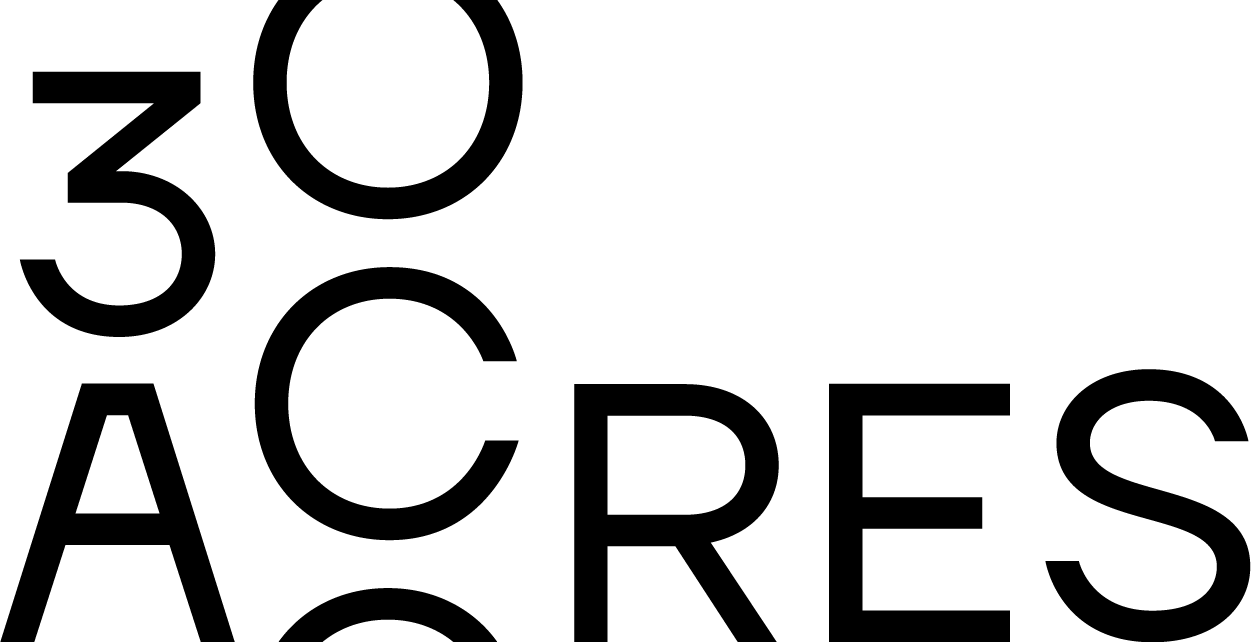
Optimising Shopify Product Feeds for Advertising Platforms
In today’s competitive e-commerce landscape, integrating your Shopify store with advertising platforms like Google Merchant Center (GMC) and Facebook Catalogue is essential for maximising product visibility. These connections allow businesses to showcase their products through Google Shopping (via Performance Max campaigns) and Meta dynamic catalogue ads. Such ads utilise essential product information, including images, headlines, prices, and direct links to product pages, offering higher sales conversion rates. Here’s how Shopify stores can optimise their product feeds for advertising success.
Direct Shopify Connections for Smaller Inventories
Shopify provides a seamless connection to primary advertising platforms, making it simple for stores to transfer their product data. This option works best for businesses with smaller inventories and infrequent product changes. Product data, as displayed on the website, is shared directly with the advertising databases, ensuring consistency and ease of management.
Further optimisation can be achieved through supplementary feeds. For example, a Google Spreadsheet allows you to modify specific fields like titles or descriptions, enhancing the performance of your ads without altering the original product data.
Custom Product Feeds for Larger Inventories
Stores with extensive inventories or frequent updates benefit significantly from custom product feeds. These feeds utilise APIs to synchronise Shopify products with advertising platforms in real time. Updates to titles, Google-defined categories, and descriptions are reflected instantly, ensuring your ads remain current and relevant.
Custom feeds also enable better indexing by search engines, leading to higher search relevancy. To maximise this advantage, invest in keyword research and analyse the strategies of successful competitors. Optimising these fields ensures your products appear in the right searches and reach the appropriate audience.
Leveraging Tags and Custom Labels
Shopify tags are a powerful tool for categorising products within your website. However, these tags are not directly available in product feeds. Custom label fields bridge this gap by storing tag data, allowing you to group products effectively for advertising. For instance, labels can segment products by gender, category type, or specific collections. This makes it easier to create targeted ads for specific audiences.
Additionally, when new products are added to your Shopify store, these labels can be automatically applied, streamlining your advertising workflow. Using labels strategically enhances ad relevancy and improves campaign performance.
Advanced Feed Providers
For businesses seeking to take their product feeds to the next level, advanced feed providers offer a robust solution. These providers not only connect to advertising platforms via API but also provide in-depth performance analysis with reporting dashboards. By monitoring product performance, they identify optimisation opportunities to increase ad exposure and click-through rates (CTR).
Advanced providers often include split-testing functionality, allowing businesses to test different versions of product feed entries to determine what resonates best with their target audience. While these services are more expensive, they are invaluable for multi-national companies or businesses with complex advertising needs.
The Importance of Feed Optimisation
An optimised, up-to-date product feed is a cornerstone of effective e-commerce advertising. It ensures:
- Enhanced ad exposure, ensuring more customers see your products.
- Improved search relevancy, helping products appear in the right searches.
- Boosted click-through rates (CTR), driving more traffic to your website.
- Higher conversion rates, turning visitors into customers more effectively.
- Increased sales revenue, contributing to overall business growth.
Even when ads are not actively running, Google Merchant Center can serve a small percentage of your products through organic search, driving additional traffic to your store.
The Role of AI and Machine Learning
As artificial intelligence (AI) and machine learning (ML) become integral to advertising platforms, optimised product data is more critical than ever. These technologies rely on accurate, detailed data to deliver personalised and effective ads. Ensuring your product feed is well-maintained helps these systems perform at their best, giving your business a competitive edge.
Conclusion
Whether you’re running a small Shopify store or managing a global e-commerce brand, the importance of a well-optimised product feed cannot be overstated. From direct Shopify connections to advanced feed providers, the right approach depends on your inventory size, advertising goals, and budget. By investing in feed optimisation, you’ll enhance your ad performance, reach more customers, and ultimately drive greater sales success.
Ready to optimise your product feed and unlock better ad performance? Whether you're just starting or scaling globally, we can help you create a tailored strategy that drives results. Reach out to our team to get started—let's turn your product feed into a powerful tool for growth!




Leave a comment
This site is protected by hCaptcha and the hCaptcha Privacy Policy and Terms of Service apply.